Intérieur de l’ASUS VivoBook 17 X712 – Démontage et options de mise à niveau
Le matériel à l’intérieur de cette machine est un peu mitigé. Il dispose d’une petite batterie et d’options de mise à niveau relativement bonnes. Cependant, ASUS a choisi de ne pas le rendre encore meilleur. Voyez pourquoi.
Découvrez tous les prix et toutes les configurations de l’ASUS VivoBook 17 X712 dans notre système de spécifications ou lisez notre test approfondi.
1. Retirer la plaque inférieure
Pour pénétrer à l’intérieur de cet appareil, vous devez défaire 10 vis à tête cruciforme. Ensuite, il suffit de faire levier sur la plaque inférieure avec un outil en plastique et de la retirer du corps.
2. Batterie
Cet ordinateur portable plutôt volumineux est alimenté par une minuscule batterie de 32Wh. Avant de la retirer, faites attention aux câbles de l’antenne Wi-Fi, qui sont enroulés autour d’elle.
3. Мemoire et stockage
En termes de mémoire, vous disposez d’un emplacement SODIMM de RAM avec 4 ou 8 Go soudés à la carte mère. En plus de cela, il y a un emplacement M.2 NVMe, ainsi qu’une baie pour lecteur SATA de 2,5 pouces. Malheureusement, nous n’avons pas reçu de matériel de montage dans la boîte.
4. Système de refroidissement
En ce qui concerne le refroidissement, vous voyez un caloduc assez standard, allant vers un dissipateur thermique de taille moyenne. Enfin, un ventilateur évacue la chaleur du châssis.
Découvrez tous les prix et toutes les configurations de l’ASUS VivoBook 17 X712 dans notre système de spécifications ou lisez notre article approfondi.
ASUS Vivobook 17 F712 (X712 / K712 / M712 / S712) examen approfondi
Today, we have a device that is easy on the budget and aims to be a great home multimedia machine. It is the VivoBook 17 X712 from ASUS, and uses a year (or two)-old design, and can be found with a ton of different processors from a portfolio of architectures. However, we will be focusing on the Tiger Lake models, as our particular device comes equipped with the Core i3-1115G4.Ultimately, you can pair your VivoBook 17 X712 with a more powerful CPU, but then you miss the whole point of this type of laptop. What is good about it is that it offers a lot of screen real estate, which really re[...]
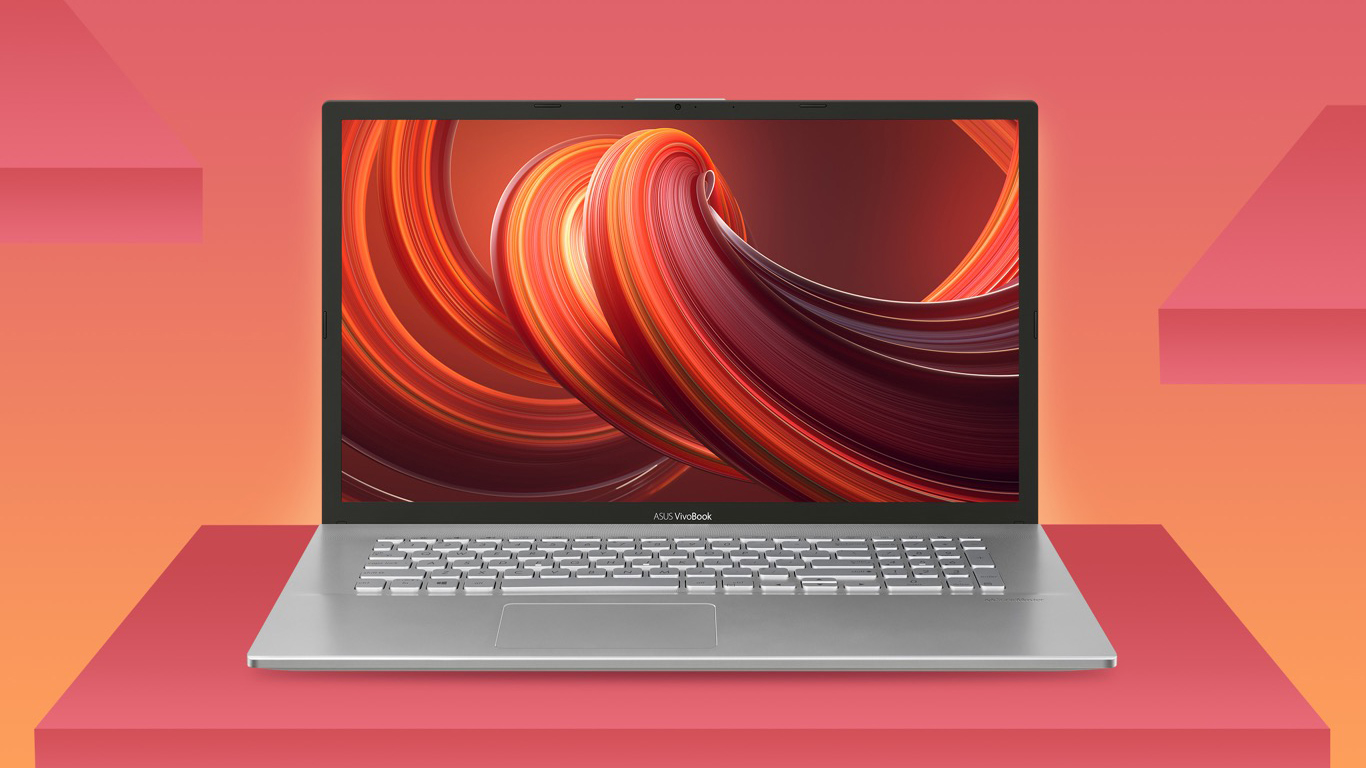
Pour
- Adequate pricing
- 1x RAM SODIMM + 1x M.2 NVMe + 2.5-inch SATA drive bay
- MicroSD card reader
- No PWM (BOE NT173WDM-N24 (BOE091A))
Cons
- Battery life is only average (still respectable given the tiny 32Wh unit)
- 2/3 USB Type-A ports are slow
- Narrow viewing angles and poor contrast ratio (BOE NT173WDM-N24 (BOE091A))
- Not a great build quality
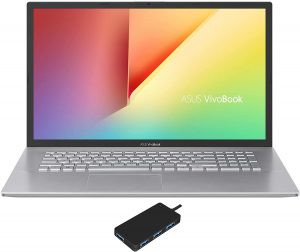

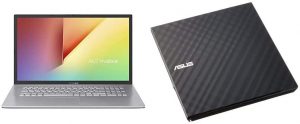
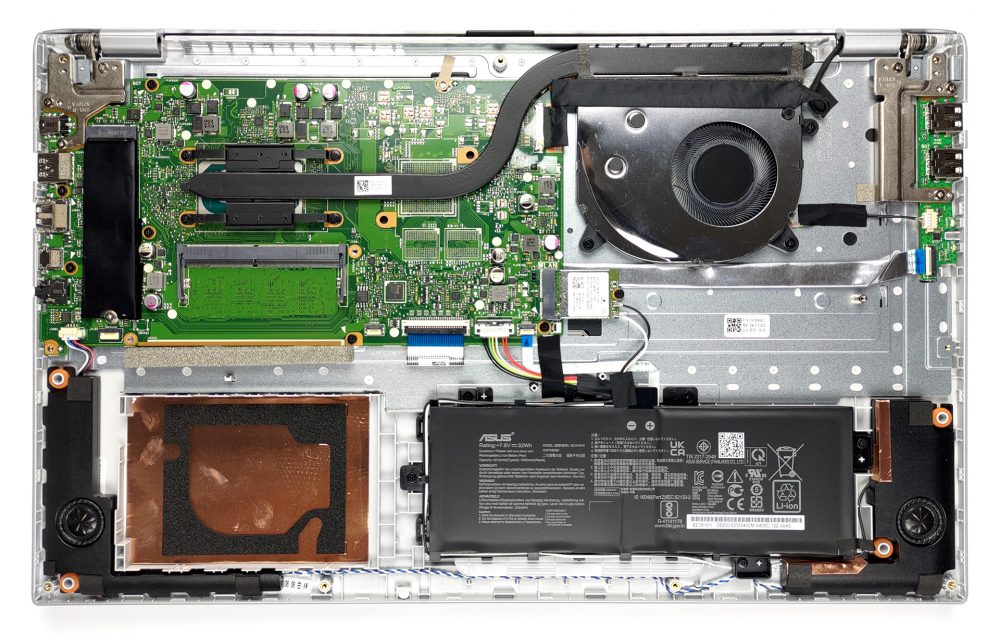
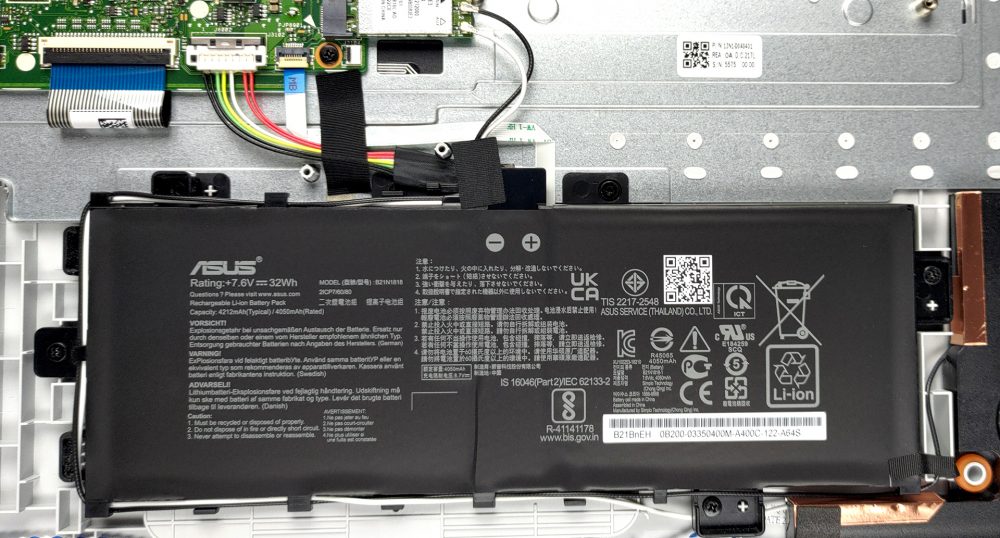









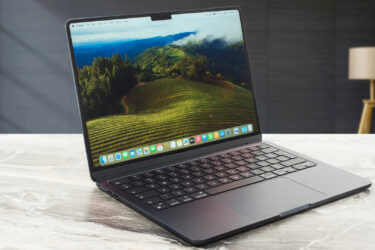
Hello. I just double checked my laptop and it is a Vivobook 17 X712, but, it only has a 1tb hdd, no ssd. So im confused about this article. I want to eventually upgrade that hdd as i am almost out of space. So, please explain. I apologize if this comment is stupid, or if i seem ignorant. I just do not want to make any mistakes. So, my question is, if i follow this guide, will i be able to upgrade? Also, can you please suggest to me where i can get a decent hdd that is larger than… Read more »
I upgraded an Asus Vivobook X712J (i-5 10th gen?) about 9 months ago that came stock with a painfully slow 1 TB HDD. I tossed the HDD and installed a 2TB NVME as the only drive, figuring to add a cheap 4TB SSD if necessary later on in the 2.5″ cavity. The only funny thing was doing a hard reset per factory instructions and feeding the Windows 11 operating system via USB boot. ‘Tis a good time to upgrade the BIOS with the latest and greatest. I cannot recall if I had to manually set the boot order in BIOS… Read more »